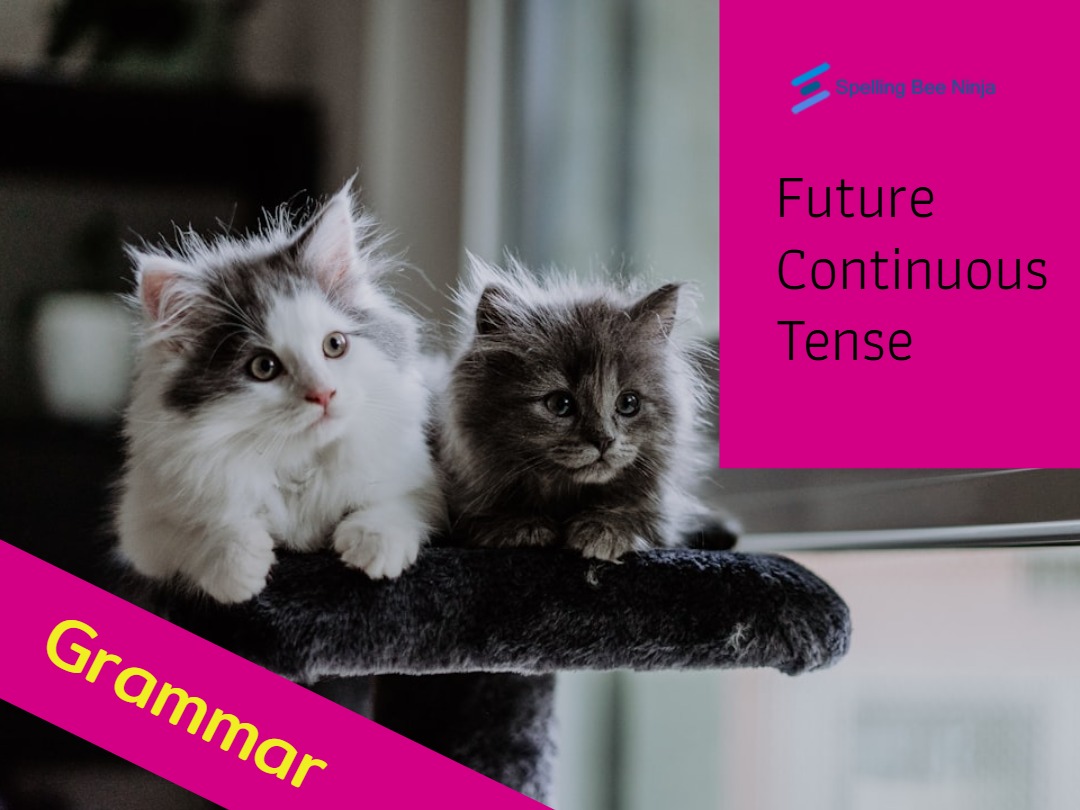The Future Continuous tense, also known as the Future Progressive tense, is an essential part of English grammar and one of the most important English Tenses that allows speakers to describe actions that will be ongoing at a specific time in the future. This tense is particularly useful for expressing intentions, setting the scene for future events, and making polite inquiries.
This article delves into the structure, usage, common examples, and practical tips for mastering the Future Continuous tense, helping learners integrate it seamlessly into their conversations and writing.
What Is the Future Continuous Tense?
The Future Continuous tense describes actions that will be in progress at a particular time in the future. It emphasizes the ongoing nature of the action rather than its completion.
For example:
– I will be studying at 8 PM tonight.
– She will be waiting for you when you arrive.
Unlike the Future Simple tense, which focuses on single or completed future actions, the Future Continuous tense highlights actions that will be happening over a span of time.
Structure of the Future Continuous Tense
The structure of the Future Continuous tense is straightforward and consistent, making it easy to learn and apply.
1. Affirmative Form
The formula for positive sentences is:
Subject + will + be + verb (base form) + -ing
Examples:
– I will be working on the project tomorrow.
– They will be traveling to Paris this time next week.
– She will be preparing dinner when you get home.
2. Negative Form
To form negative sentences, add not after will . The contracted form is won’t .
Subject + will not (won’t) + be + verb (base form) + -ing
Examples:
– He will not (won’t) be attending the meeting.
– We will not (won’t) be using the car tomorrow.
– They will not (won’t) be watching the movie tonight.
3. Interrogative Form
To create questions, place will at the beginning of the sentence, followed by the subject, and then be + verb (base form) + -ing.
Will + subject + be + verb (base form) + -ing?
Examples:
– Will you be joining us for dinner?
– Will she be working late tonight?
– Will they be staying at the hotel?
Common Uses of the Future Continuous Tense
1. Actions in Progress at a Specific Future Time
The Future Continuous is ideal for describing actions that will be happening at a particular moment in the future.
Examples:
– At 9 PM, I will be watching my favorite TV show.
– This time tomorrow, we will be flying to Italy.
2. Polite Inquiries About Plans
This tense is often used to ask about someone’s plans in a polite and indirect way.
Examples:
– Will you be using the conference room later?
– Will she be needing any help tomorrow?
3. Background for Future Events
The Future Continuous can set the scene for another future action.
Examples:
– When you arrive, I will be waiting outside.
– She will be studying while we prepare dinner.
4. Expressing Expected Trends or Habits
It can also describe predictable or habitual actions in the future.
Examples:
– In the coming years, people will be using electric cars more frequently.
– He will be working late every Friday for the next month.
Time Markers in the Future Continuous Tense
Adding time markers to sentences provides context and clarity. Common time markers for the Future Continuous tense include:
– At this time tomorrow/next week/year : I will be traveling to London at this time tomorrow.
– In the future : People will be working remotely more often in the future.
– While/When : She will be waiting for us while we shop.
Differences Between Future Continuous and Related Tenses
1. Future Continuous vs. Future Simple
The Future Simple tense describes single or completed future actions, while the Future Continuous focuses on ongoing actions.
Examples:
– Future Simple: I will call you later.
– Future Continuous: I will be calling you at 7 PM.
2. Future Continuous vs. Present Continuous
The Present Continuous can also refer to future plans, but the Future Continuous is specific to actions that will be in progress at a future time.
Examples:
– Present Continuous: I am meeting her tomorrow. (Scheduled Plan)
– Future Continuous: I will be meeting her at 6 PM. (Action in Progress)
Practical Tips for Mastering the Future Continuous Tense
1. Understand Its Purpose : Focus on the ongoing nature of the action and how it relates to a specific future time.
2. Practice with Time Markers : Incorporate common time markers to create meaningful sentences.
3. Use It in Context : Apply the tense in real-life situations, such as discussing future plans or making polite inquiries.
4. Differentiate Tenses : Practice distinguishing the Future Continuous from similar tenses, such as the Future Simple and Present Continuous.
5. Engage in Conversations : Practice asking and answering questions using the Future Continuous tense to improve fluency.
Examples of the Future Continuous Tense in Context
Daily Life
– I will be cleaning the house all morning.
– Will you be cooking dinner tonight?
Work and Projects
– We will be discussing the proposal in tomorrow’s meeting.
– They will not be attending the seminar next week.
Travel and Leisure
– At this time next month, I will be relaxing on a beach.
– Will she be visiting us during her vacation?
Common Mistakes to Avoid
1. Omitting the -ing Form
Incorrect: I will be watch TV.
Correct: I will be watching TV.
2. Misplacing Time Markers
Incorrect: I will be at this time tomorrow working.
Correct: At this time tomorrow, I will be working.
3. Using the Wrong Auxiliary Verb
Incorrect: I am be traveling to London next week.
Correct: I will be traveling to London next week.
Conclusion
The Future Continuous tense is a powerful tool for discussing ongoing actions or events at a specific future time. Its versatility makes it invaluable for polite inquiries, setting the stage for future actions, and describing trends or habits. By mastering its structure, practicing its use with time markers, and understanding its unique applications, learners can confidently incorporate the Future Continuous tense into their English skills.
Start practicing today, and soon you’ll find this tense indispensable for future-focused communication! Once you feel ready, take our interactive test on the Future Continuous Tense to check your preparation.
- ✈️ The 12 Tenses in the English Language
- ✈️ The Present Simple Tense
- ✈️ Present Continuous Tense in English
- ✈️ Understanding the Present Perfect Tense in English
- ✈️ Understanding the Present Perfect Continuous Tense
- ✈️ Understanding the Past Simple Tense in English
- ✈️ The Past Continuous Tense: A Comprehensive Guide
- ✈️ The Past Perfect Tense in English: A Comprehensive Guide
- ✈️ Understanding the Past Perfect Continuous Tense
- ✈️ Future Simple Tense: A Comprehensive Guide
- ✈️ Future Continuous Tense: A Comprehensive Guide
- ✈️ Understanding the Future Perfect Tense
- ✈️ Future Perfect Continuous Tense


